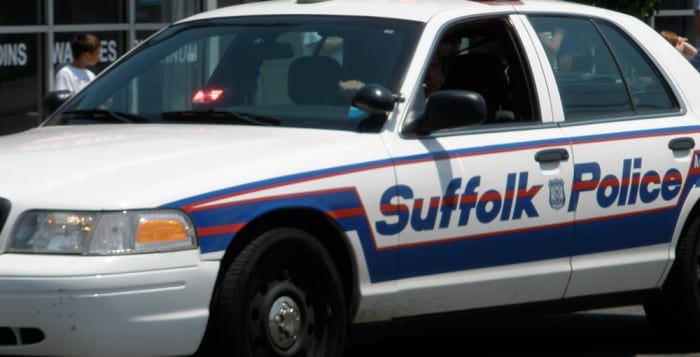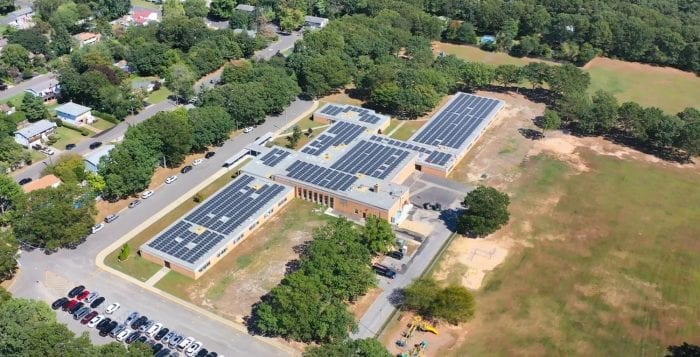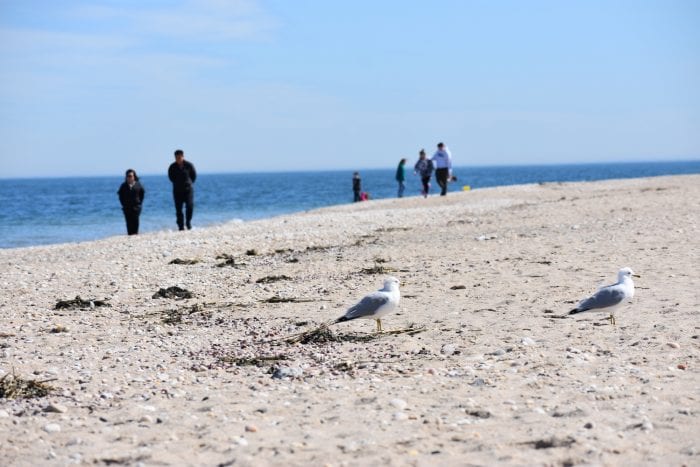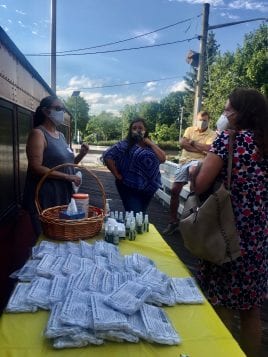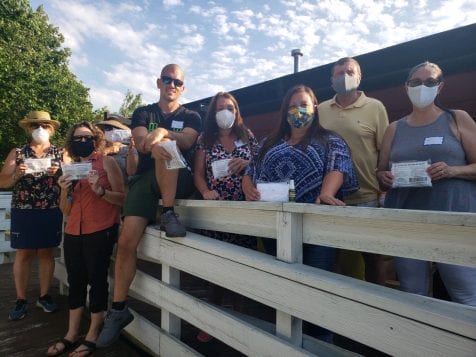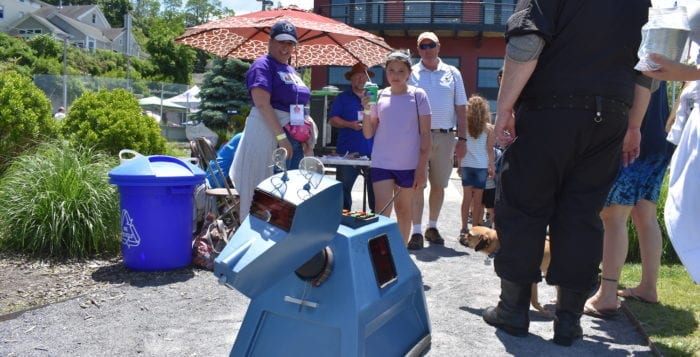Over the past weekend, 84 restaurants and bars in downstate New York were cited with violations to COVID-19 guidelines by the State Liquor Authority. A total of 10 establishments on western Long Island and New York City had liquor licenses removed.

Though Monday Gov. Andrew Cuomo (D) said Long Island and New York City are stepping up their enforcement, it’s a new point in the continuing contention between bars and New York State over social distancing restrictions. While other states across the country see record spikes,the governor has mentioned the possibility of scaling back reopening of bars and pubs, though owners say that would kill their businesses.
Documents released by the state reveal 16 of the 443 establishments which were cited for distancing violations from March to July 22 were in Suffolk County, though none were issued in this most recent round of investigations. Among those on the North Shore, only Danfords Hotel &, Marina in Port Jefferson and Pancho Villa’s in Huntington have previously been cited. This was out of 1,080 SLA investigations in New York, according to a release from the governor’s office. That office has not responded to requests for comment about the specifics of those citations, or about where the 84 new violations have come from this past weekend’s efforts.
“We are very proud of what New Yorkers did to flatten the curve of the virus, but we have to protect our progress because no one wants to do that again,” Cuomo said in a release July 24.
On Monday, the governor said there had been no summonses on businesses failing to follow coronavirus guidelines.
Earlier in July, Cuomo announced a so-called “Three Strikes and You’re Closed” initiative that means any business that receives three violations or shows an egregious disregard for the guidelines could be closed or have its license revoked. This weekend’s investigations of these establishments showed people not social distancing or wearing masks in a kind of “party-like” atmosphere, according to the governor’s office. During the pandemic, 40 establishments have had their liquor licenses revoked in total, as of July 27. Cuomo cited young people as the main reason these bars are packed and not conforming to distancing guidelines.
“That’s not unique to New York — it’s a national problem — and even the president of the United States said young people shouldn’t go into packed bars,” Cuomo said.
Danfords was cited on the Fourth of July for failing to conform to distancing guidelines. A representative of The Crest Group, which owns Danfords, did not respond to requests for comment.
Pancho Villa’s was cited June 26. Restaurant owners could not be reached for comment.
The governor indicated last week that if we see more failure to social distance in bars, the state may roll back reopening regarding these establishments.
It’s a hard line to follow, especially as New York hovers over a 1 percent regional infection rate. If that number increases past 5 percent, schools will not be able to reopen in the fall. Above 9 percent, the governor will start to roll back on the reopening process that counties across the state managed to make over the past two months.
But for bars and other restaurants that sell alcohol, it’s a roller coaster bringing them undue anxiety, even as they try to make guidelines.
Mount Sinai’s Bench Warmers Tavern & Grill co-owner Jim Dunn said it’s been tough to follow what has been, from the ground level, seemingly haphazard orders from New York State. Business has been hard, he said, even after reopening. He’s gone from 10 tables in the dining area to four and from 12 barstools to six along the bar with only three bar tables. He built a deck patio that now has five tables on it, but with the recent heat wave, very few customers have dared sit outside and eat.
Though he said he’s been doing everything to comply with state regulations, the constant changes have been disruptive. The worst order for his restaurant, he said, has been the requirement that people must order food if they are to order drinks.
“A guy who’s a contractor can’t just come in and have a beer after work, because he has to have a beer with dinner,” Dunn said. “They’re trying to put the restaurant business out of business — every week there’s a different thing with this governor.”


